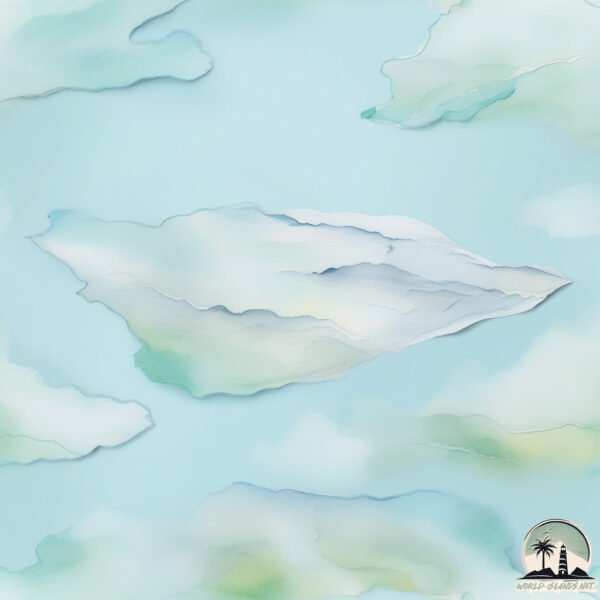Welcome to Andorja , a Continental island in the Norwegian Sea, part of the majestic Arctic Ocean. This guide offers a comprehensive overview of what makes Andorja unique – from its geography and climate to its population, infrastructure, and beyond. Dive into the details:
Geography and size of Andorja
Size: 141.8 km²Coastline: 61.4 kmOcean: Arctic OceanSea: Norwegian SeaContinent: Europe
Andorja is a Large Island spanning 142 km² with a coastline of 61 km.
Archipel: –
Tectonic Plate: North America – Covers North America and parts of the Atlantic and Arctic Oceans, characterized by diverse geological features and varying levels of seismic activity.
The geographic heart of the island is pinpointed at these coordinates:
Climate and weather of Andorja
Climate Zone: ContinentalClimate Details: Subarctic ClimateTemperature: Cold Summer
Climate Characteristics: Characterized by long, extremely cold winters and short, cool summers, often found in northern latitudes of North America and Eurasia.
Topography and nature of Andorja
Timezone: UTC+01:00Timezone places: Europe/ParisMax. Elevation: 1134 m Mean Elevation: 387 mVegetation: Open WoodlandTree Coverage: 67%
The mean elevation is 387 m. The highest elevation on the island reaches approximately 1134 meters above sea level. The island is characterized by Mountains: High, steeply elevated landforms. Characterized by both a high maximum elevation (over 500 meters) and a high mean elevation, creating rugged, mountainous terrains on islands.
Dominating Vegetation: Open Woodland
Vegetation: 10 vegetation zones – Very Highly Diverse Island
Infrastructure and Travelling to Andorja
Does the island have a public airport? no .
Does the island have a major port? no .
The mean population of Andorja is 5 per km². Andorja is Gently Populated. The island belongs to Norway .
Continuing your journey, Dyroya is the next notable island, situated merely km away.
Andörja Adventures weekend Norway
We headed to Andörja to see what the land of the Greenland shark looked like and the facility and area was awesome. managed ...
Andörja Adventures weekend Norway
We headed to Andörja to see what the land of the Greenland shark ...
We headed to Andörja to see what the land of the Greenland shark looked like and the facility and area was awesome. managed ...
Karabljoff Team Fishing @ Norway Andorja Island 2020
Karabljoff Team Fishing @ Norway Andorja Island 2020.mp4 ...
Karabljoff Team Fishing @ Norway Andorja Island 2020.mp4 #karabljoff_team #helsinki #sweden #eesti #tallinn ...
The Andorja Adventure
The full Andorja Adventure with Keith Arthur and Vilhelm Skilhagen.
The full Andorja Adventure with Keith Arthur and Vilhelm Skilhagen.
Norway is classified as Developed region: nonG7: Developed economies outside of the Group of Seven, characterized by high income and advanced economic structures. The level of income is High income: OECD.
News – Latest Updates and Headlines from Andorja
Stay informed with the most recent news and important headlines from Andorja. Here’s a roundup of the latest developments.
Loading...
Please note: The data used here has been primarily extracted from satellite readings. Deviations from exact values may occur, particularly regarding the height of elevations and population density. Land area and coastline measurements refer to average values at mean high tide.

